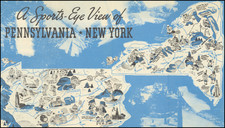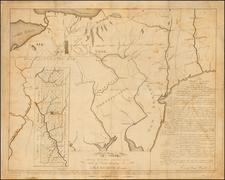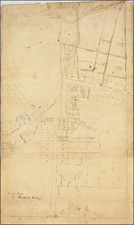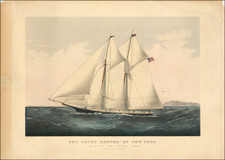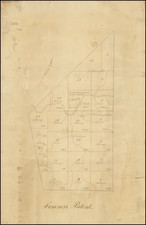Scarce Utica(!)-published map of New York state, issued by William Williams in 1830.
The map features a prominent profile of the newly-completed Erie Canal. It is hand-colored by county in the New York palette of the time (see Amos Lay's maps, for instance).
Williams published another edition in 1831, which added a profile of the Hudson River below that of the Erie Canal.
Civil engineer and surveyor William H. Williams (1817-1886) was a prominent figure in the New Orleans area.
“Williams was born in Cincinnati, Ohio, in 1817, and was the son of Jacob Williams, who was a merchant. He was educated in Ohio, and in 1848 he immigrated to New Orleans, where he was subsequently married. He was a civil engineer and followed his profession up to the time of his death in 1886. He was prominently identified officially with the city of Carrollton, which was at that time an independent municipality. He was surveyor of the city and held other prominent positions after coming to New Orleans. For a number of years he was connected with the levee board of the city, and was engineer on the great delta survey of the Mississippi river. Williams was president of the Carrollton school board for seventeen years. In politics he was democratic. His wife, whose maiden name was Lavinia Pollard, was the daughter of Charles Pollard of Virginia. His sons, W.C. Williams and C. Milo Williams owned the firm, W. C. Williams & Brother, architects, New Orleans, Louisiana.” (LAC Group, Finding Aid to the William H. and C. Milo Williams notebooks, 1853-1894 at Tulane University Special Collections)
Tulane holds well over one hundred of Williams’ survey notebooks, including seven from 1860 alone, and it is likely that close examination of those would shed much light on this plan of Jefferson.











